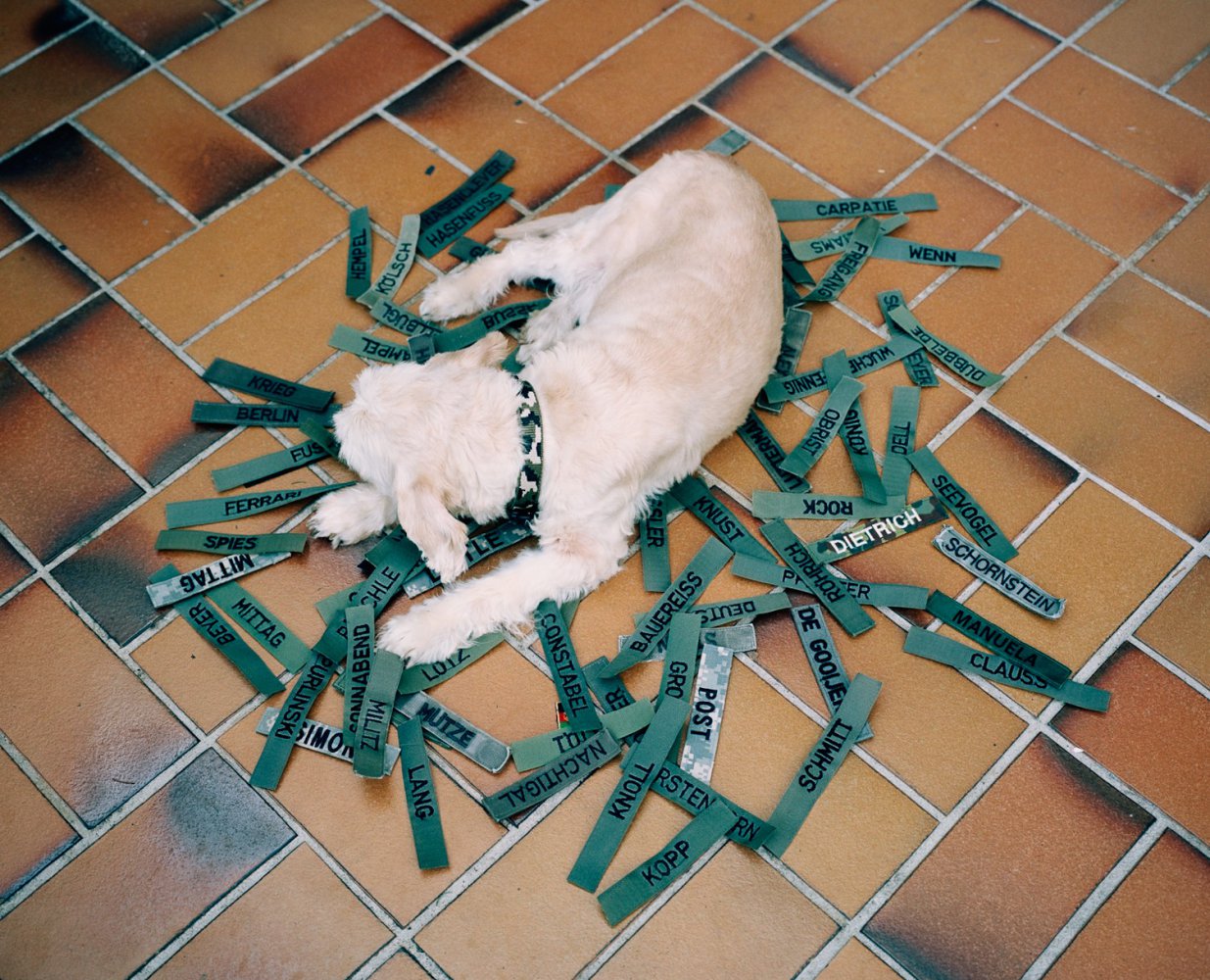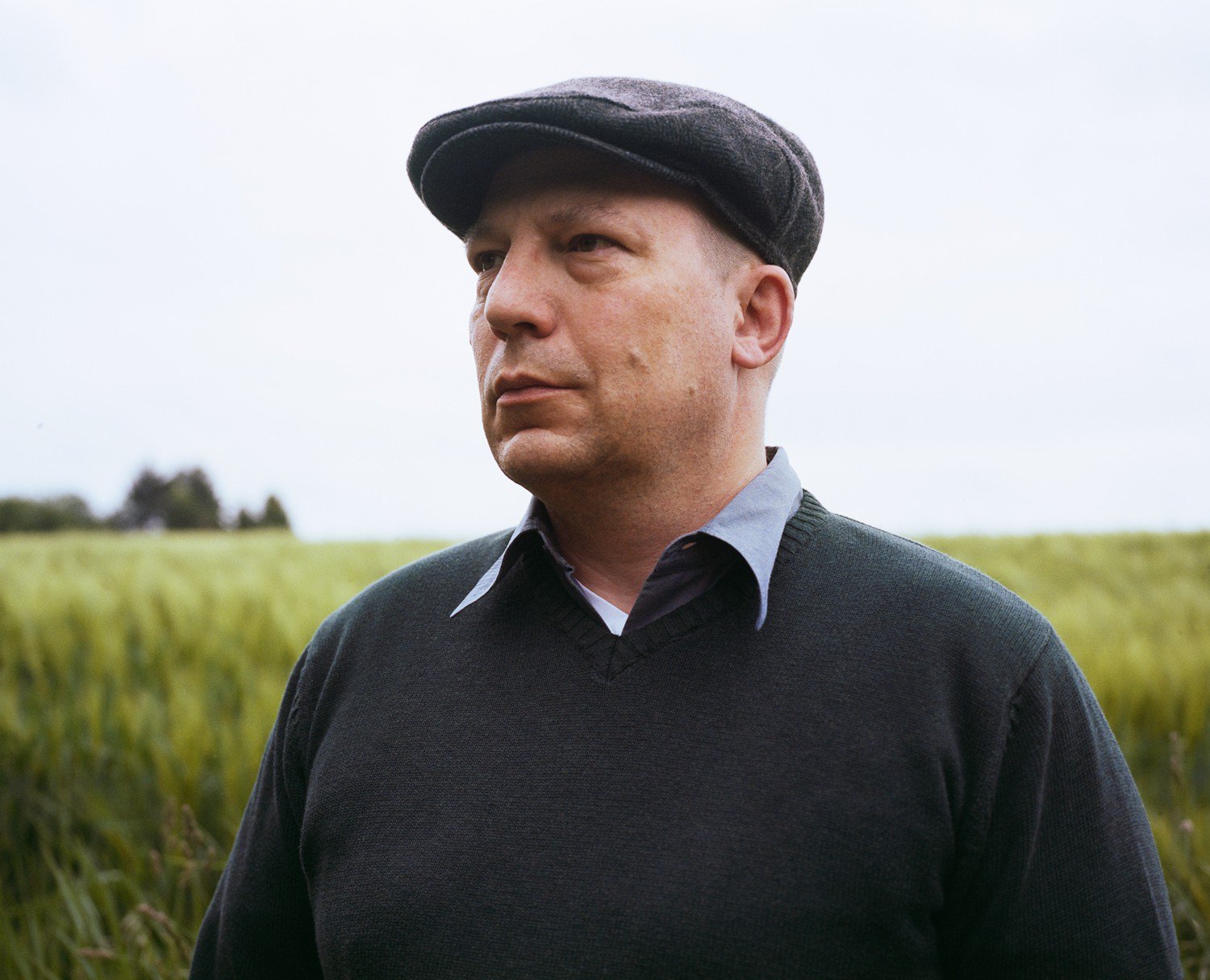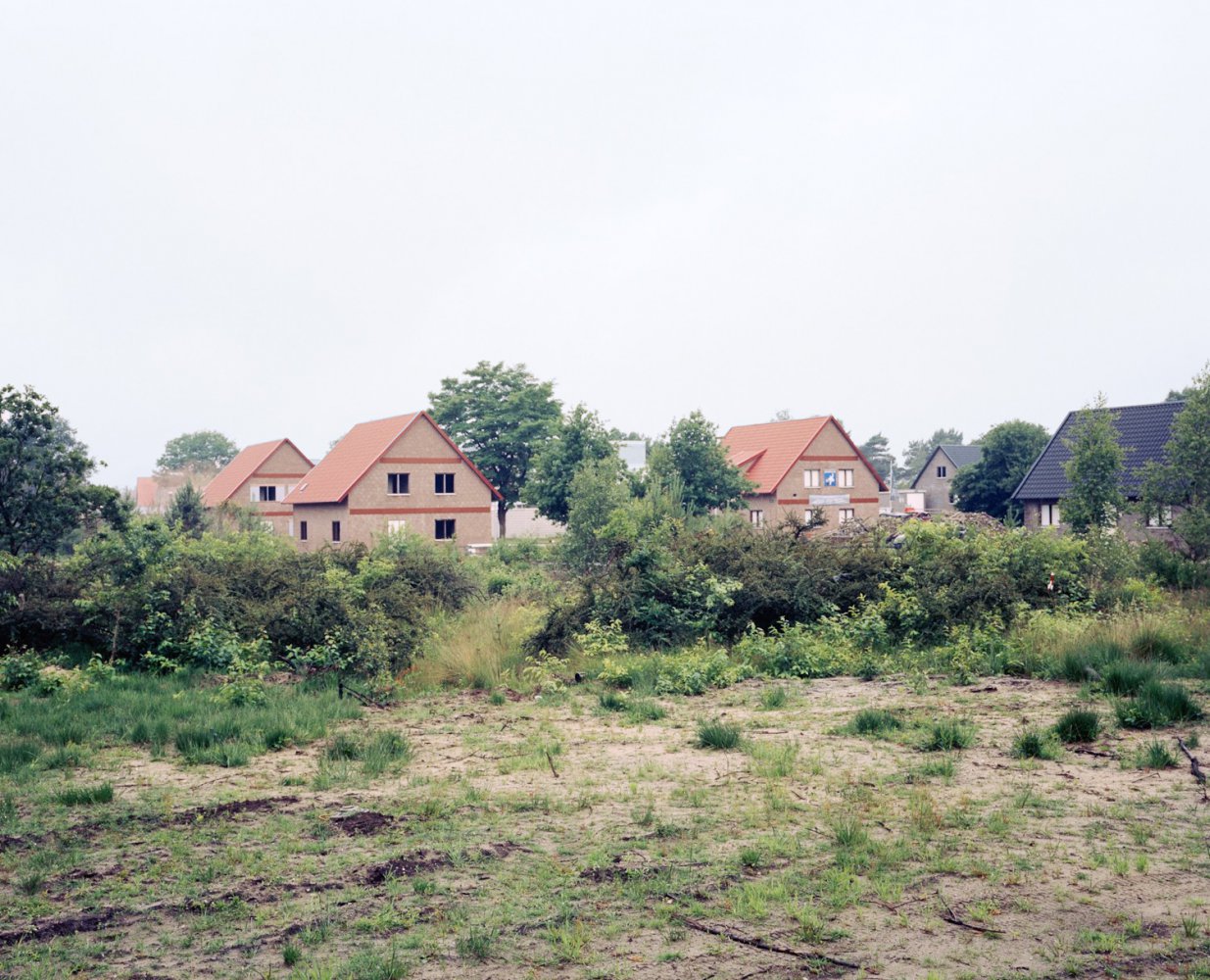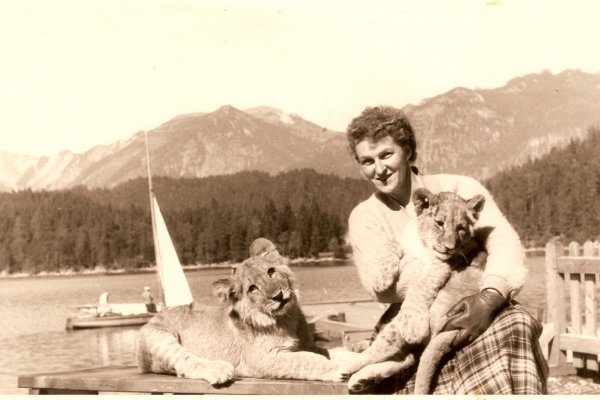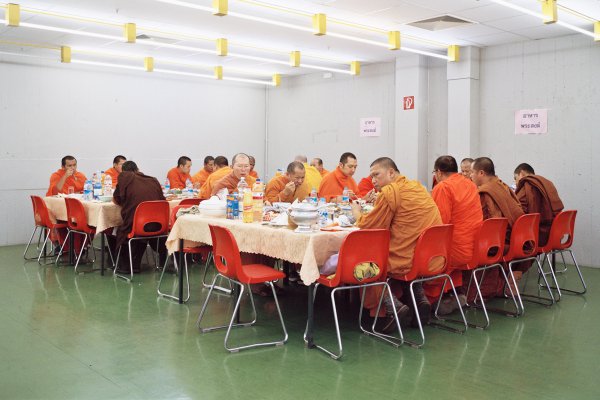This photo series depicts seven soldiers that served in the Bundeswehr (german armed forces). They have differing backgrounds in the military, among them are: an elite soldier, an intercultural advisor, a paramedic, and a military pastor. As a result of their deployments abroad they share a common ailment, they suffer from post-traumatic stress disorder (PTSD).
In the U.S., many soldiers were already diagnosed with PTSD after WWI; in England it was called “shell shock”, in Germany it was known as the “tremors of war”. After the Vietnam war, post-traumatic stress disorder received wide publicity in the media for the first time. In Germany the disease amongst the police, rescue services and the German armed forces became a topic for discussion during the air display in Ramstein in 1988 and the deployment in Kosovo. During the deployment in Afghanistan, the German armed forces set up trauma centers in Germany based on these experiences.
The soldiers’ day-to-day life is different in many ways from the usual. They change their lives to the extreme due to the disease. The soldiers have a very strong need for peace and quiet; they avoid places and events where a lot of people may be present – for example pedestrian zones, public transportation, shopping centers and concerts. The isolation that they voluntarily turn to is at the same time a source for their suffering. The world that they inhabit is reduced to a few places: living room, yard, therapy center, army base and training exercises.
The soldiers suffer nightmares where they involuntarily experience traumatic events again. These symptoms can also return suddenly years later, often set off by harmless unforeseeable situations, known as triggers. Normal day-to-day smells, sounds, or the sight of a certain kind of Toyota pick-up truck often has seen in Afghanistan, can set off such flashbacks. Further limitations are also present, such as poor short-term memory and a poor ability to concentrate. The soldiers are unable to consolidate their day-to-day environment with their deployment experience, which proves to be an insurmountable hindrance in personal relationships and “normal” communication. The source of trauma is often hard to pinpoint. It can be a certain single event or the permanent latent danger in military camp can lead to trauma as well.
One of the soldiers told me that the first traumatic experience that foreign soldiers undergo is when they climb out of the plane.
The results are devastating: The Süddeutsche Zeitung recently reported that “more American soldiers die from suicide than in action” and that “experiences in war often play a role, however many victims were not in action.” There are no comparable investigations in Germany. But the topic of suicide plays a role here as well as its correlation with PTSD.

PTSD therapy is long and complex. Often the training of learned behavior proves to be useless for overcoming experience with war. Soldiers are trained to follow commands decisively, to be disciplined and to subsume fear and feelings in action. The goal is to perform perfectly, all the time. Therefore, PTSD can be seen as a failure of this behavioral pattern in the face of the subconscious. Therapy calls for tracking down the cause and processing it bit by bit.
The images don’t show the cause of the trauma, explain the illness or exemplify the therapeutic process. What can be seen is how this illness manifests and the visual clues that point hereto. Post-traumatic stress disorder is not a disease to be discerned with the eye. We cannot recognize a soldier with PTSD at first glance. The war takes place in the head.
In addition, I’ve included images from war zones in my work. They are pictures that the soldiers have made available to me. They explicitly don’t show suffering or death. They’re visual memoirs, snapshots of so-called humanitarian missions, poses of self-representation or even beautiful landscape photos. Souvenirs of a disastrous world.
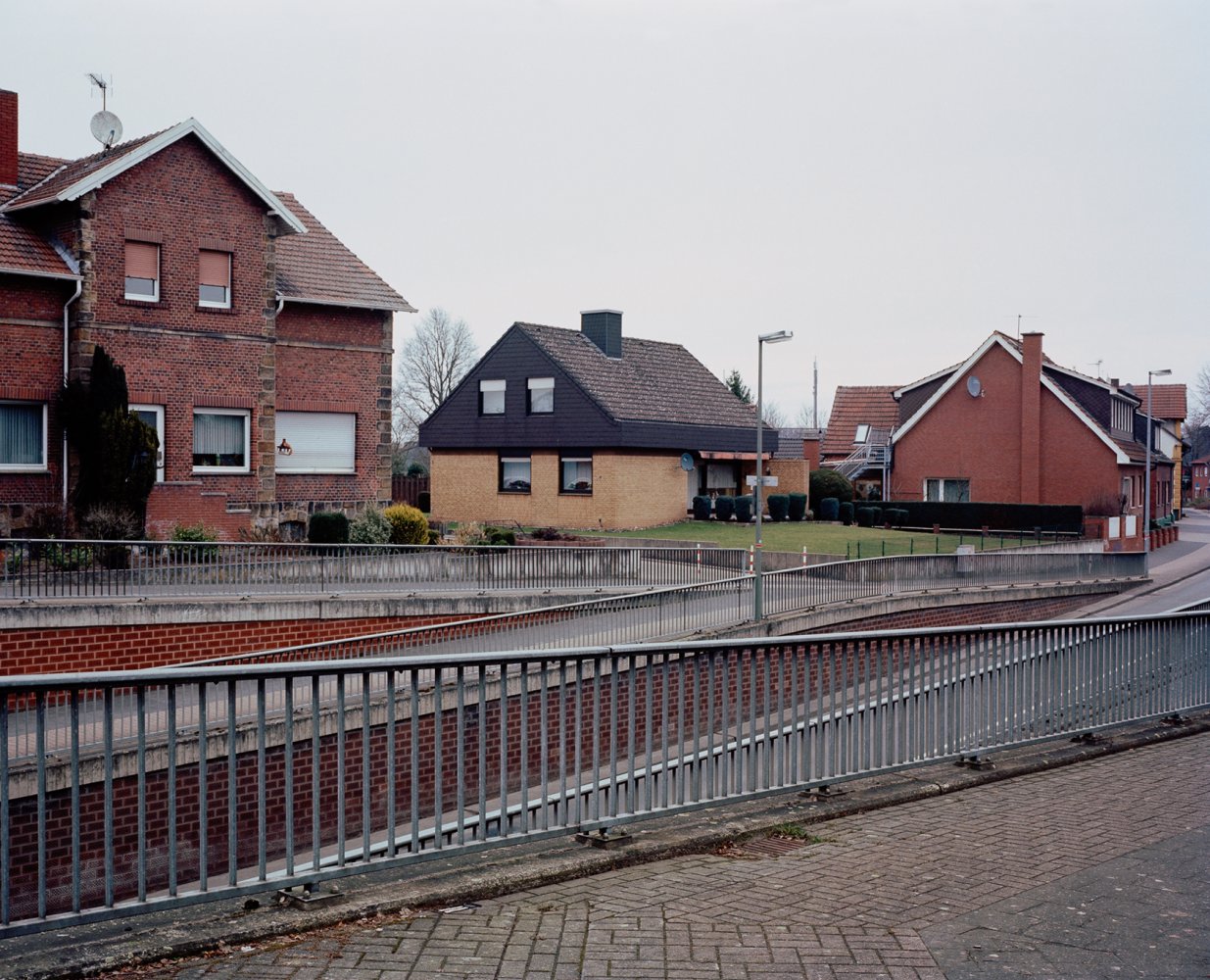

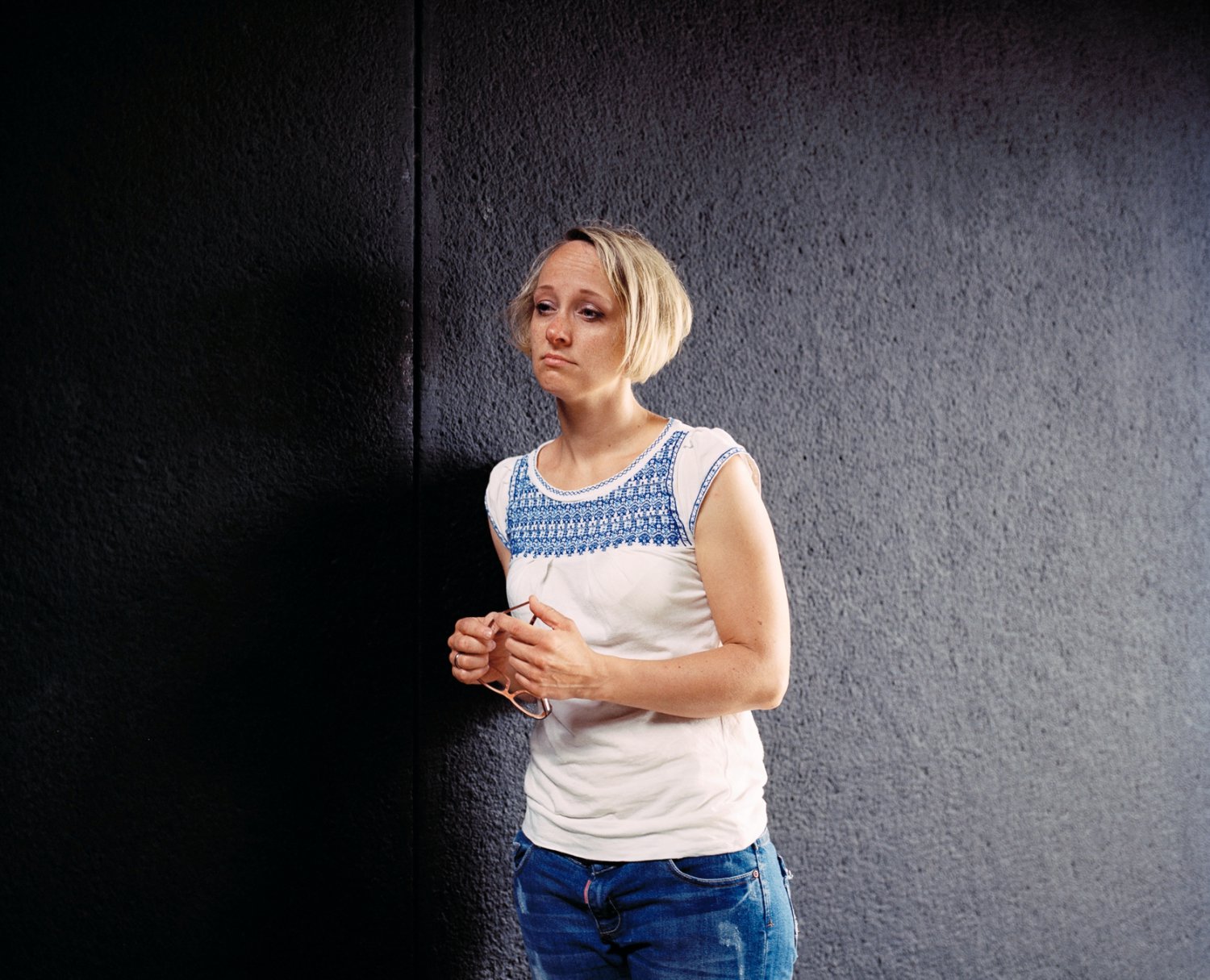
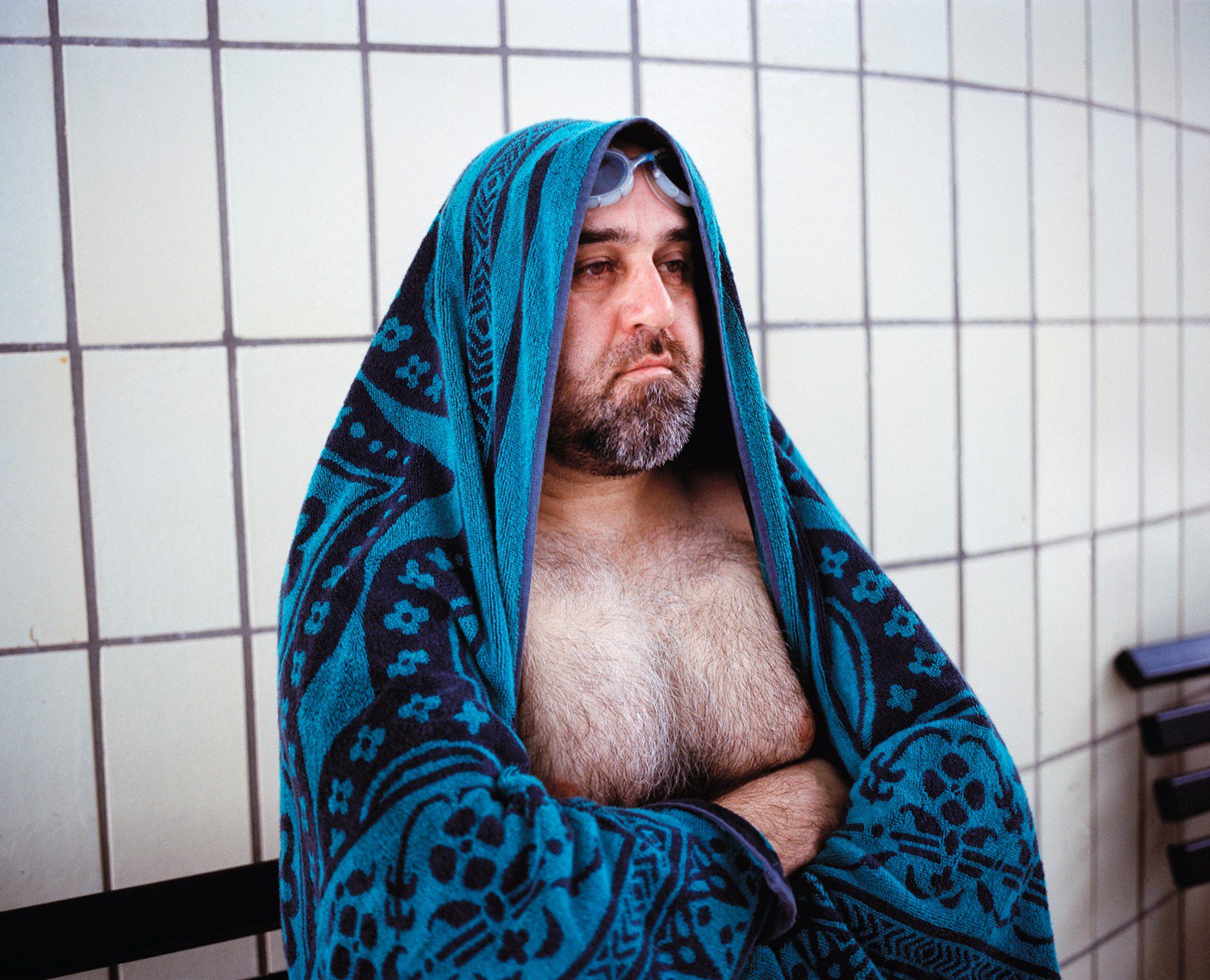

Afghanistan 2004-2011













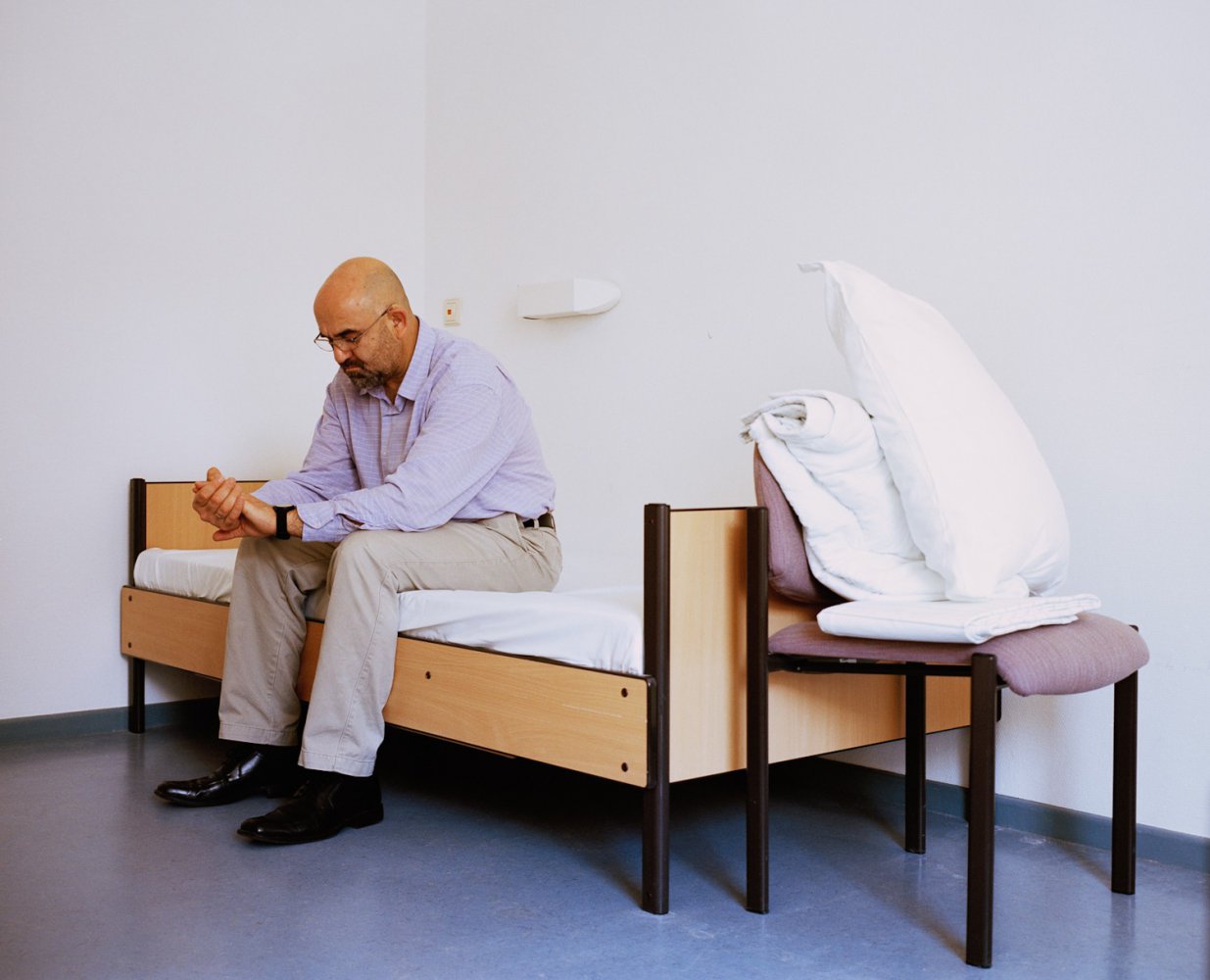






Kosovo 1999, Afghanistan 2002, 2003, 2005




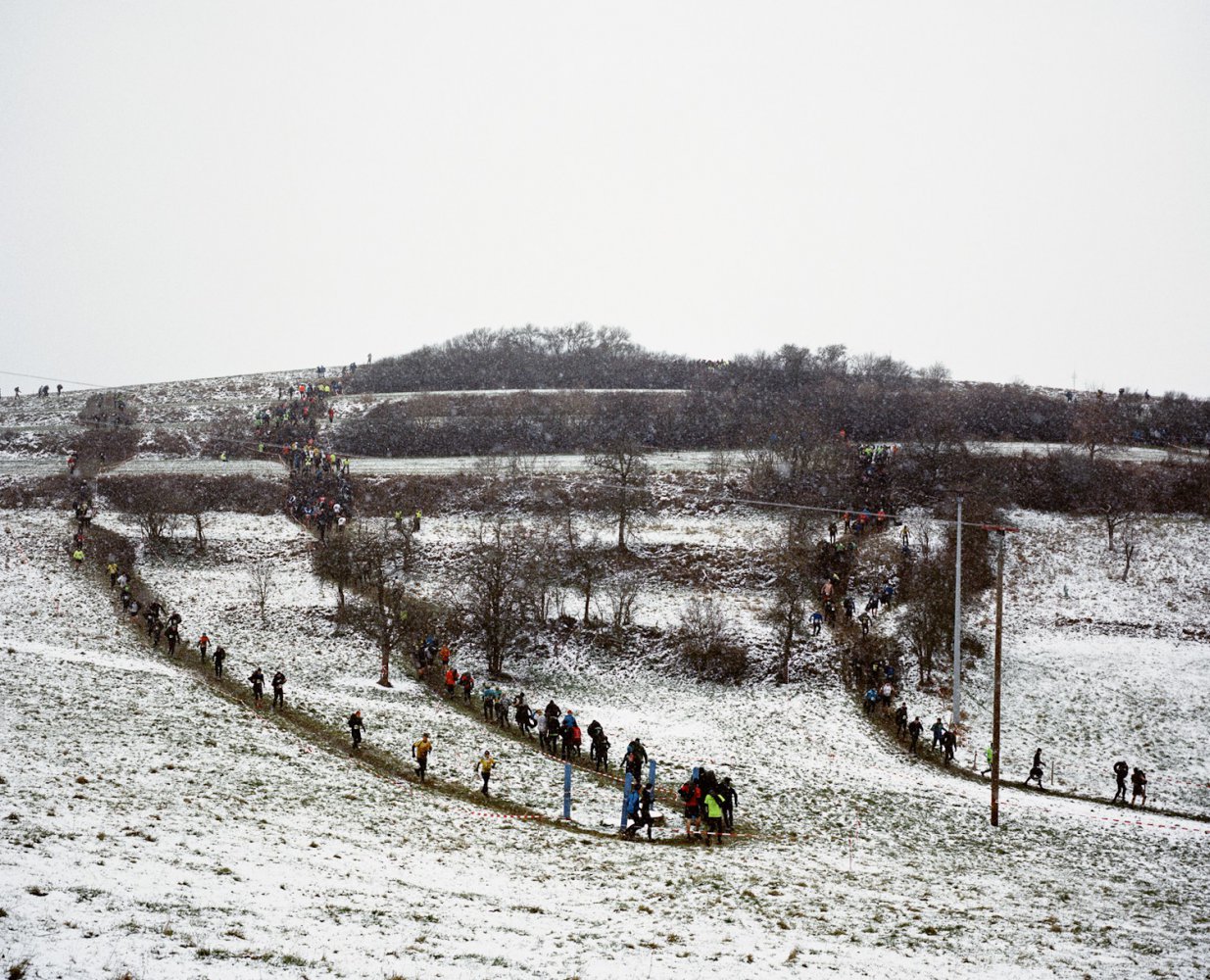

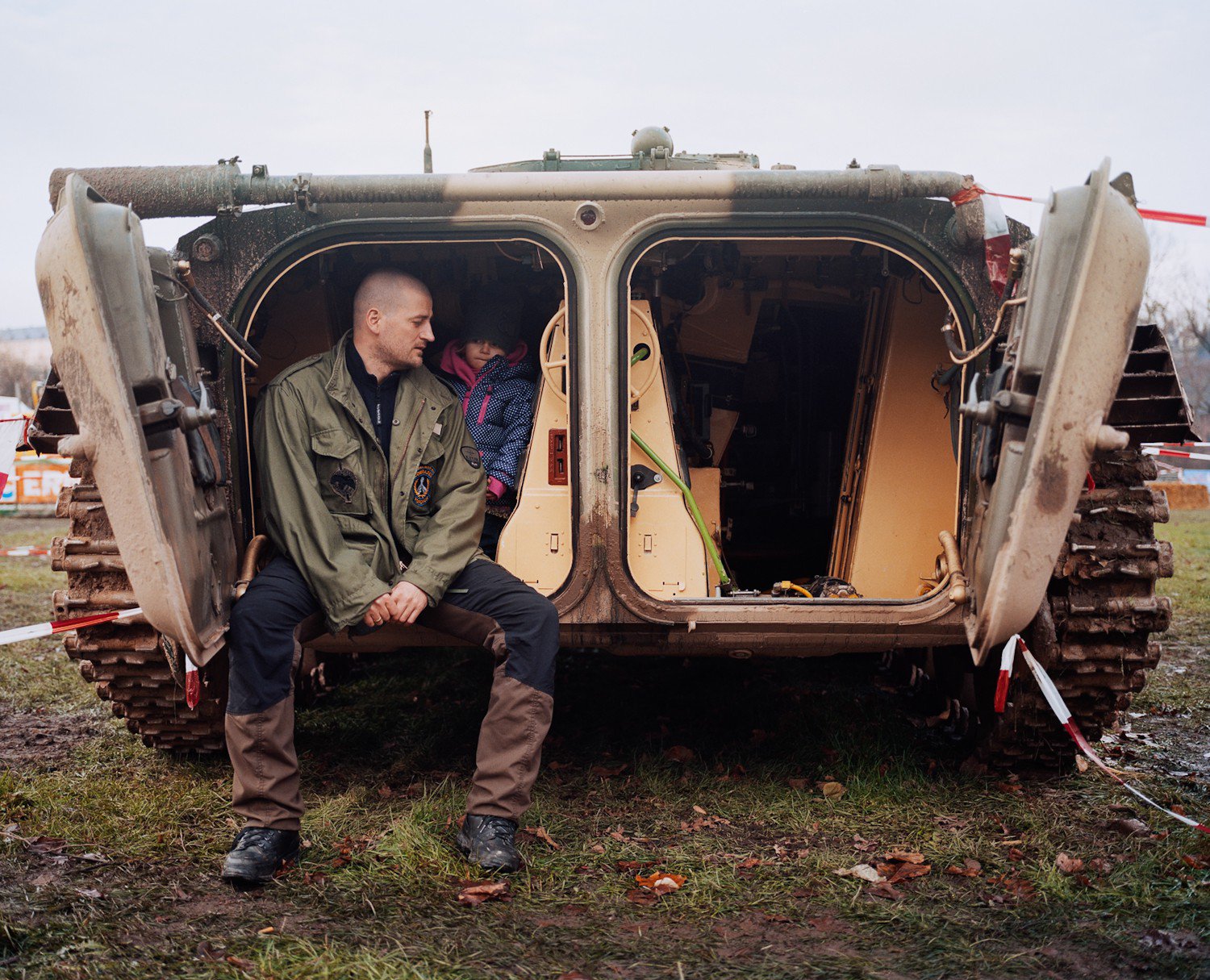
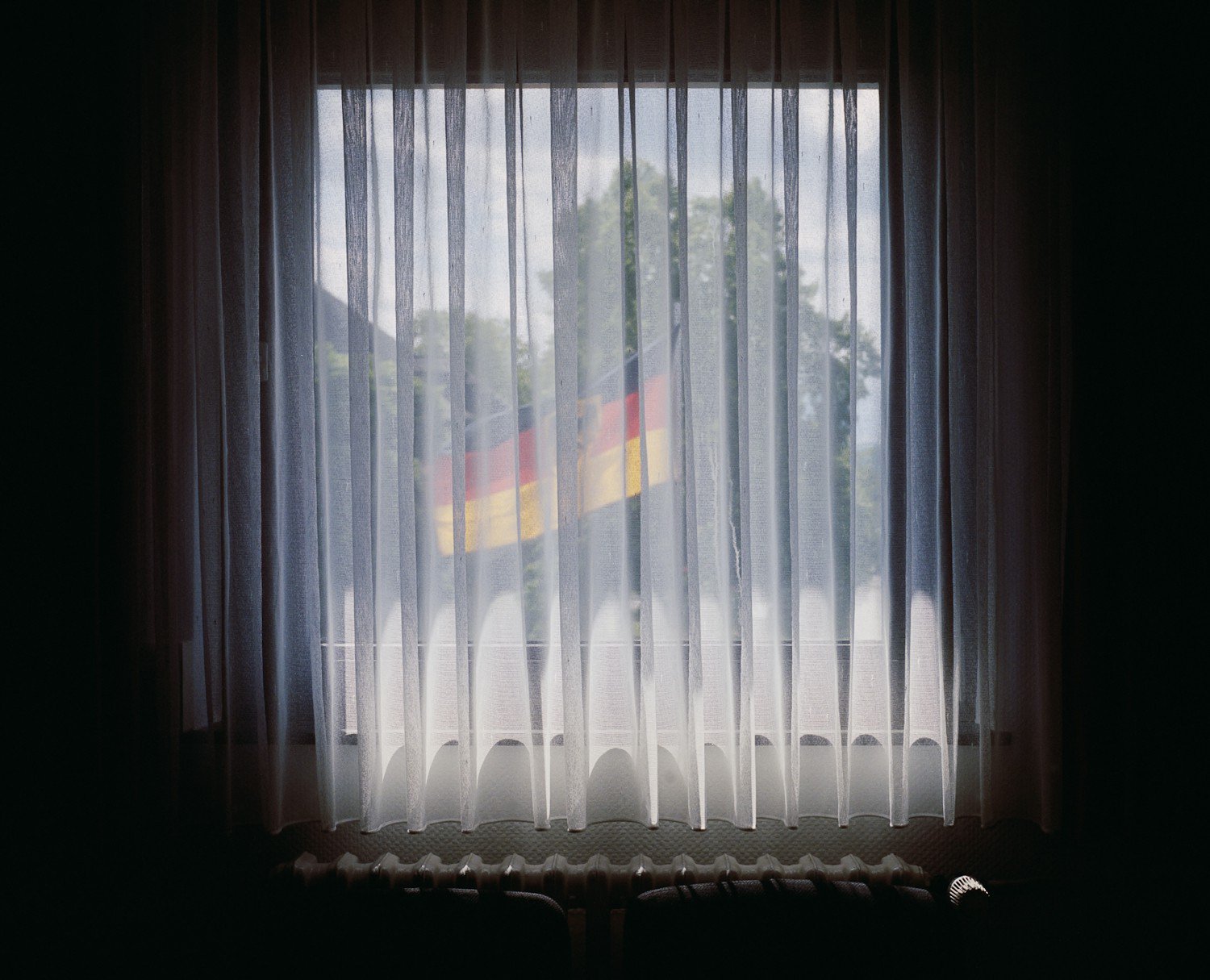


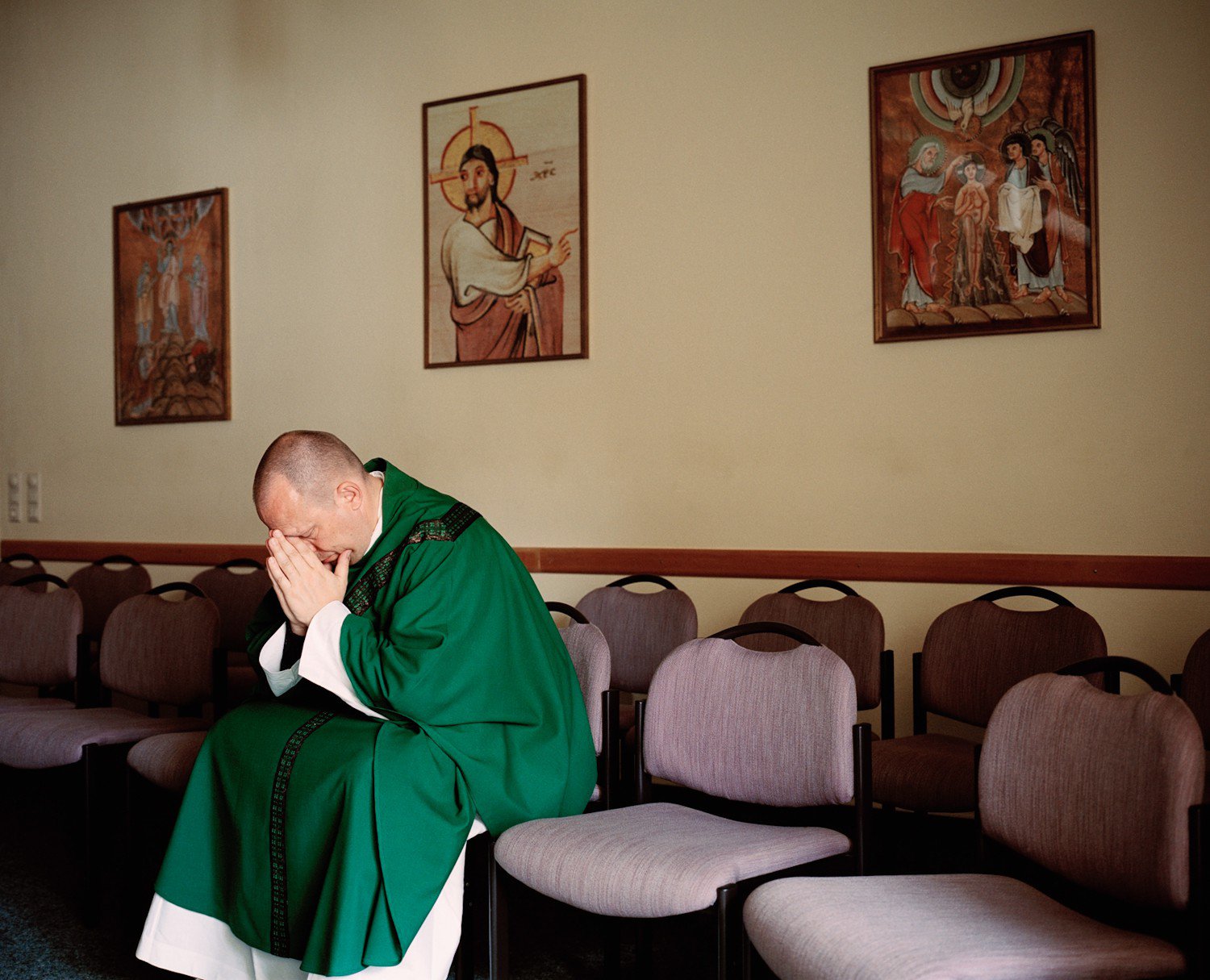

Afghanistan 2009














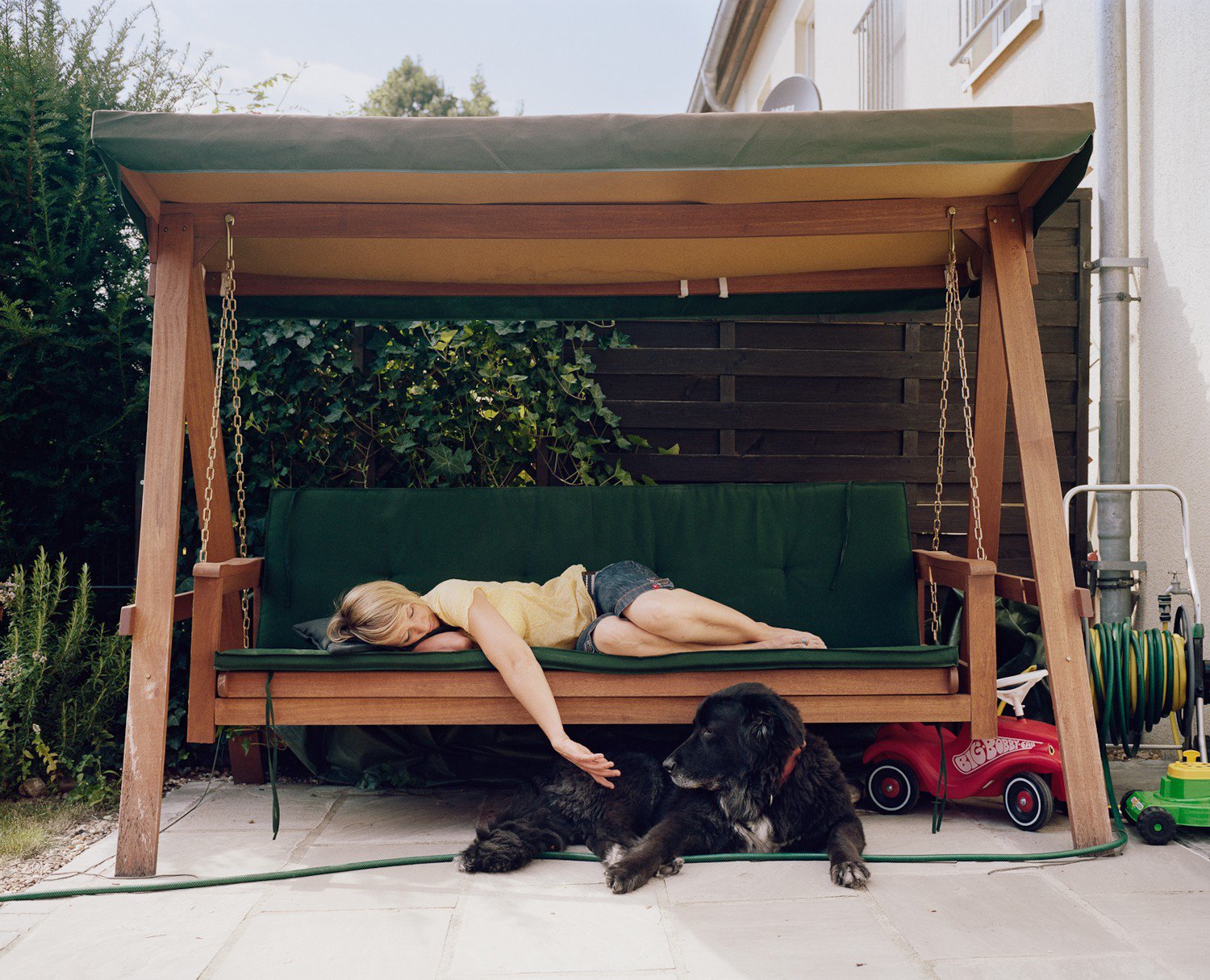

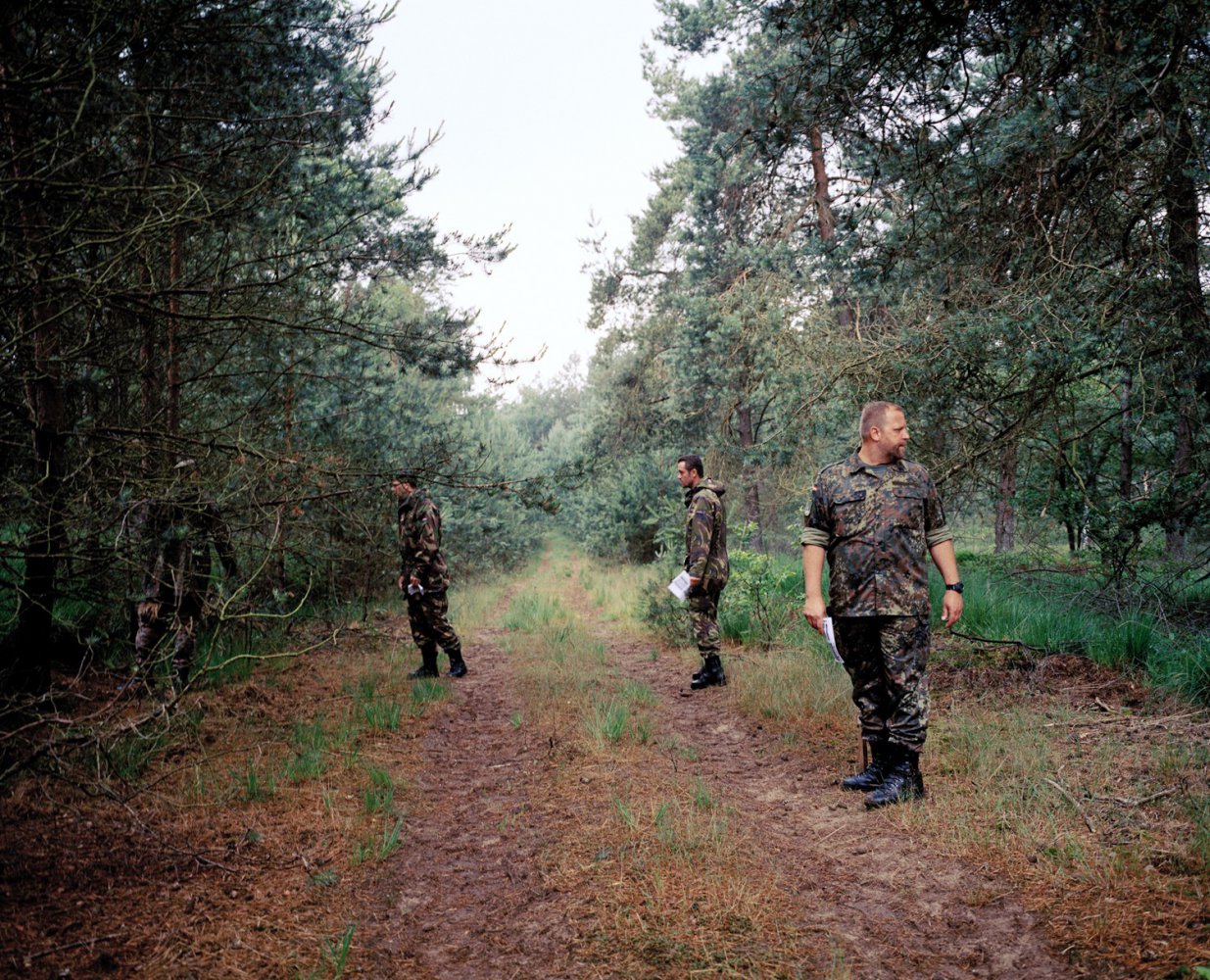





Kosovo 2011





